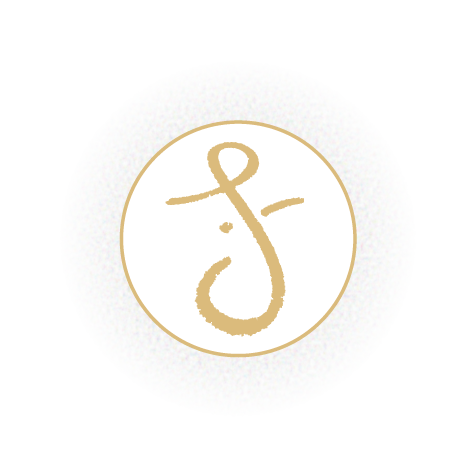The Art of Extending the Self (Your Brain On Yoga series)
[Originally published on US News Health, 8 January, 2014]
The practice of yoga often invokes a sense of wonderment in who we feel ourselves to be. It is often commenced with a certain sense of who one is in that moment right before the practice. As we make our way through the various techniques, there unfolds a shift in identity. We play the edge of the moment, testing the body and mind with interlacing intentionalities of willpower and receptivity. Upon completing a certain practice, we may reflect on the new state of being. Perhaps there is a refreshed state of self-representation, or the sense of "I am", what Patanjali calls asmita. The mind's capacity to form a new identity takes foothold in the boundaries it has stretched, thereby redefining the sense of self. We have now upgraded the mind's framework for who and what it considers "me" to be. The reframing of our boundaries is inherently a learning process. Neuroscience has repeatedly demonstrated the capacity of the brain to rewire and reshape itself based on goal-directed experience. A bona fide yoga practice constantly invites us to examine the sense of selfhood under which we operate by stimulating the physiology and bio-energy to further reaches.
When we self-reflect, our nervous system brings online the insula, a critical brain region in managing our sense of body awareness and overall sense of self. The insula relays information between parts of the brain that coordinate movement and the prefrontal cortex, a brain region crucial in conscious decision-making. By placing attention on the interface between new and prior experience, we are igniting the flame of neural change and transformation. The process of growth is one of extending self-representation into increasingly deeper and broader frameworks. Asmita is more broadly defined as the identification of consciousness with the vehicle through which it is being expressed. A challenging yoga practice is one that consciously expands this identification to higher levels. In the case of the physical body, when we first interact with a new object, the brain enters a learning mode and interprets it as a foreign object. As we experience a greater degree of comfort and skill with it, there are corresponding changes in the somatosensory cortex, an area governing the sense of touch, which now treats the object as if it were an extension of the body, a prosthetic limb of sorts. Physical instances of this include learning to use a yoga tool like the OmGym Suspension System, in which the brain must enter a state of relearning the body's relationship to gravity and movement. A skillful use of such a device can encourage the activation of certain brain circuits responsible for learning and reframing what the brain refers to as 'the body’.
Yoga traditionally explores the potential of the body and mind as we currently know them. An activity like Suspension Yoga can serve as a representative example of a total learning process on the physical level, in which the body is extended to include an interrelating set of objects that function as one coordinated unit, creating and strengthening new and more complex neural connections in which the practitioner is challenged to continually keep up a fresh sense of self-discovery. Ultimately, yoga expands all aspects of being—body, mind, and spirit—so that the sense of who “I am” evolves into fuller and freer ways of experiencing what it means to be alive.
